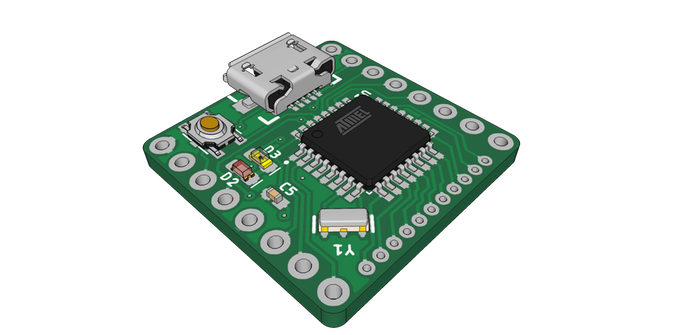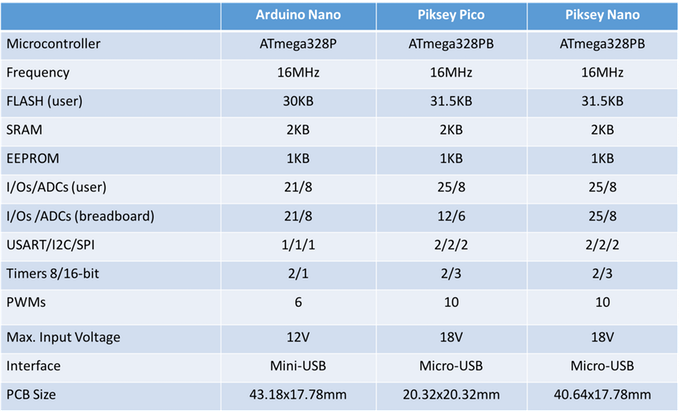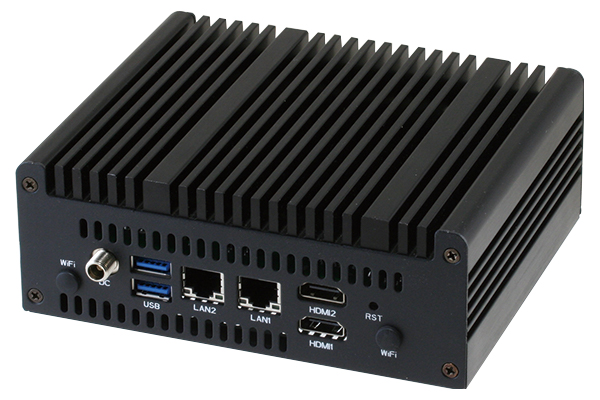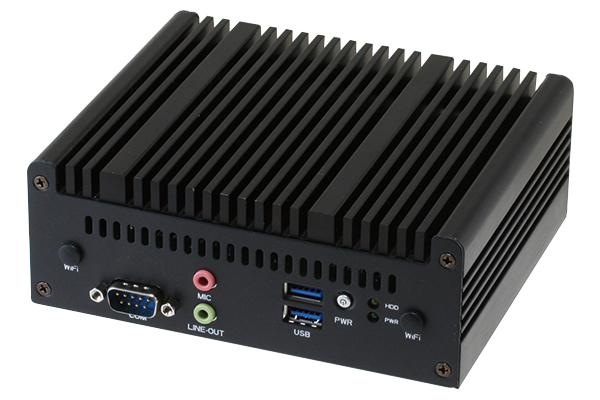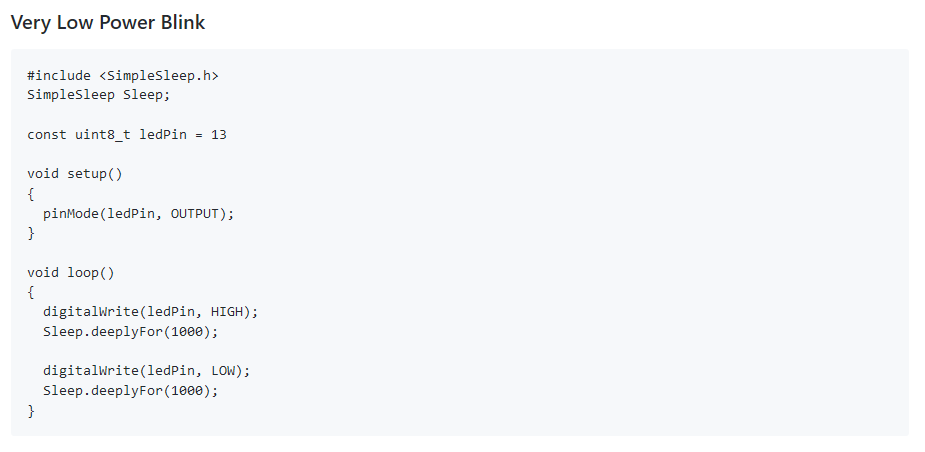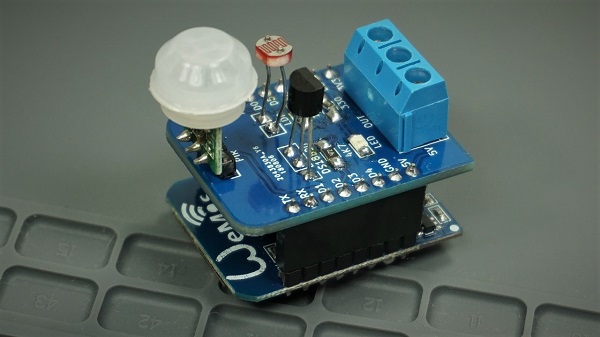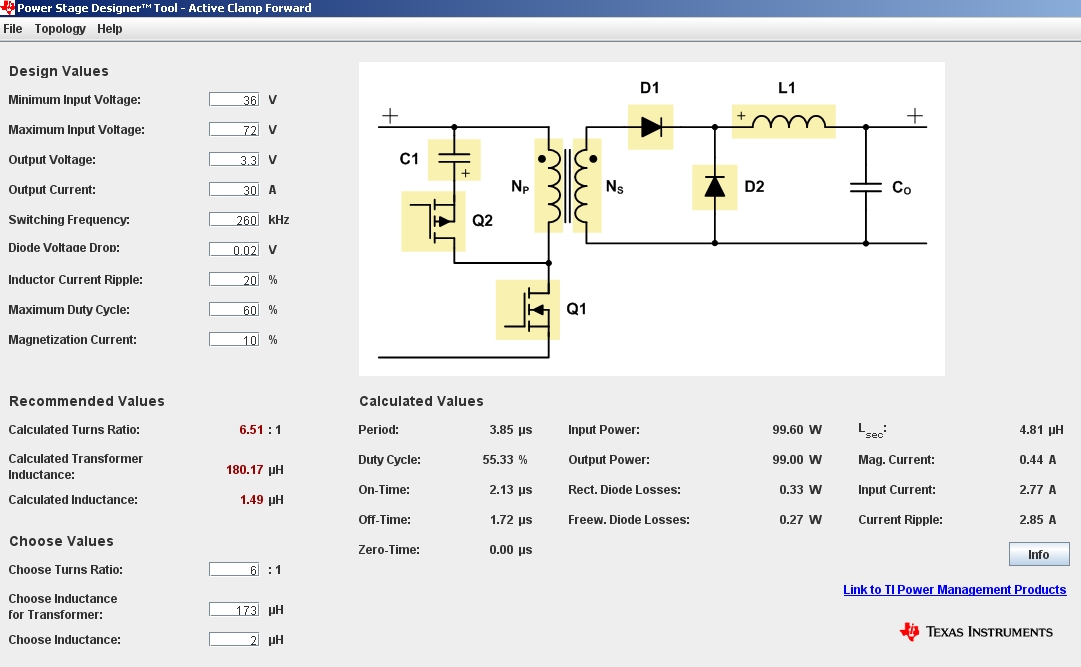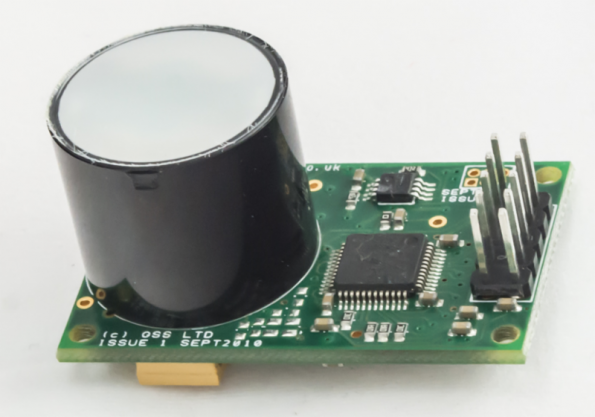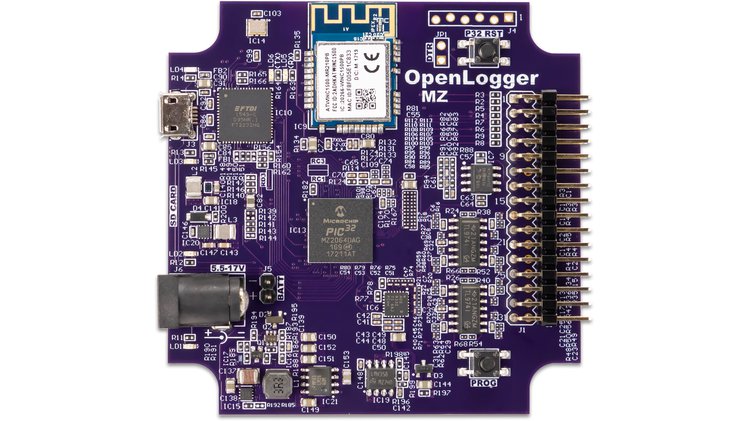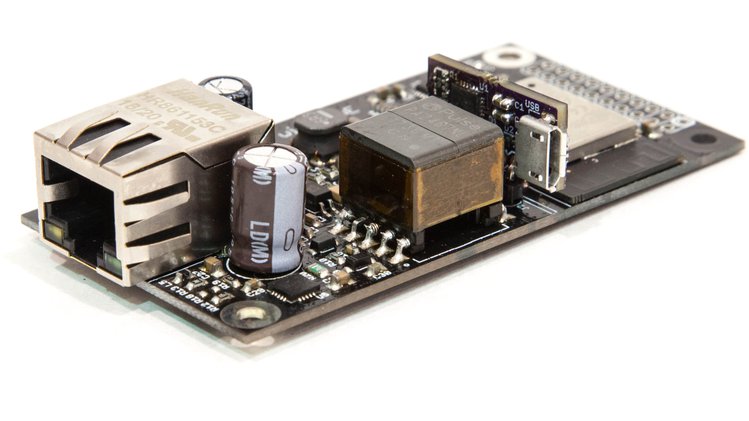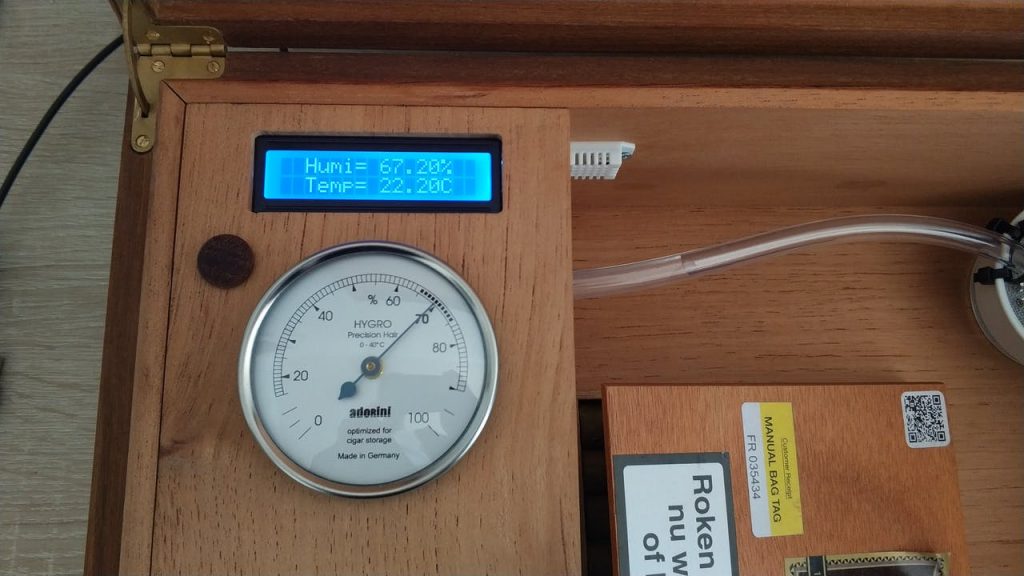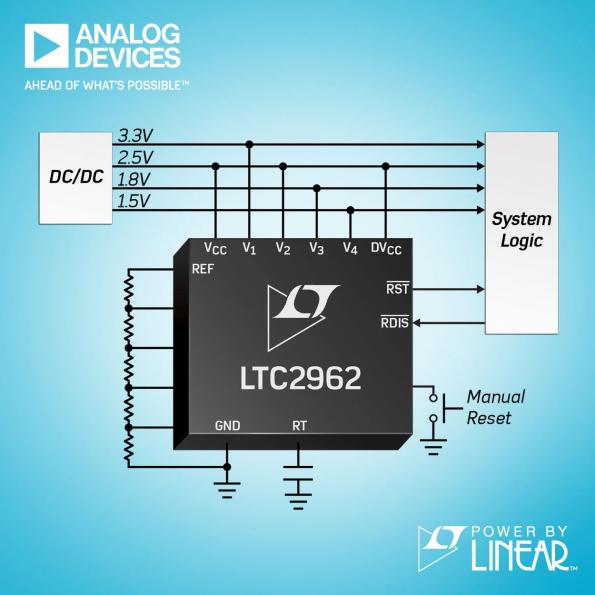
Analog Devices’ LTC2962-LTC2964 family of 4-channel voltage supervisors has been designed with exceptional accuracy for increased system voltage margin and enhanced reliability. [via]
ASIC, FPGA, DSP, MCU and MPU architectures that operate from supplies as low as 1V cannot utilize traditional 1%-2% accurate voltage supervisors without shedding valuable system voltage margin and shrinking the remaining load operating voltage range. The LTC2962 family possesses a best-in-class ±0.5% reset threshold accuracy, which relaxes power supply demands, increases system tolerance to transients, and enabling a lower nominal supply to dramatically reduce power consumption. The LTC2962 family fulfills many network, telecom and automotive requirements with its high accuracy, flexible 1V to 5V (or adjustable) reset thresholds, and wide operating temperature range. For each channel, one of 16 preset or adjustable, ±0.5% accurate, voltage thresholds can be selected for undervoltage, overvoltage or negative monitoring. The supervisory circuits monitor inputs and drive the outputs according to the configured thresholds. Alternatively, a manual reset input is also available for optional use of a pushbutton switch to force a system reset. The devices come in multiple temperature grades: 0°C to 70°C (C grade), –40°C to 85°C (I grade), and –40°C to 125°C (H grade), in a 16-lead 3x3mm QFN or 20-lead 3x4mm QFN package.Analog Devices – www.analog.com




